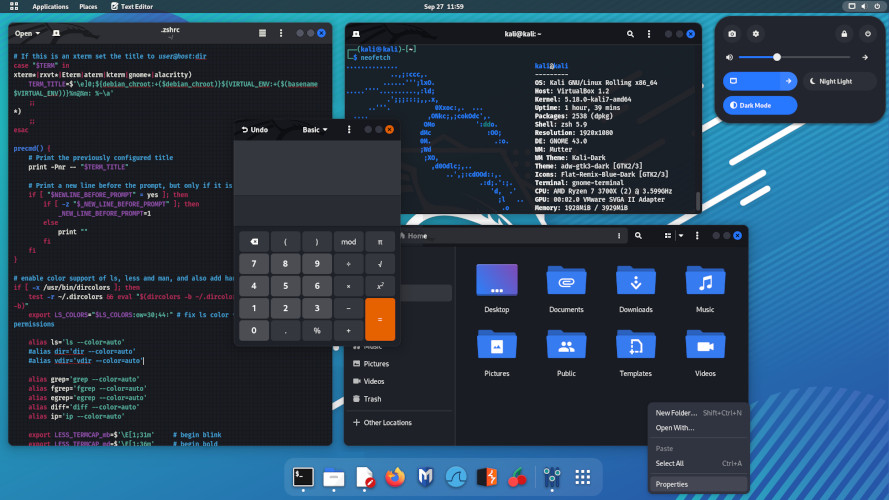In this blog post, I’ll show you how to accomplish this using four different tools/frameworks: fswebcam, FFmpeg, OpenCV, and GStreamer with Video4Linux. Each method has its advantages, and I’ll provide simple code examples to get you started.
Prerequisites
Before diving into the examples, ensure you have the necessary tools installed on your Linux system. You can install them using your distribution’s package manager. For Ubuntu/Debian, you can use:
sudo apt update
sudo apt install fswebcam ffmpeg libopencv-dev gstreamer1.0-plugins-base gstreamer1.0-plugins-good gstreamer1.0-plugins-bad gstreamer1.0-plugins-ugly gstreamer1.0-libav gstreamer1.0-tools v4l-utils1. Using fswebcam
fswebcam is a simple command-line tool for capturing images from a webcam.
Installing fswebcam
sudo apt install fswebcamCapturing a Single Image
fswebcam -r 640x480 --no-banner image.jpg-r 640x480: Sets the resolution.--no-banner: Removes the timestamp banner.image.jpg: Output filename.
Capturing Images at Regular Intervals
for i in {1..5}; do
fswebcam -r 640x480 --no-banner image_$i.jpg
sleep 2
doneThis script captures 5 images with a 2-second interval between each capture.
2. Using FFmpeg
FFmpeg is a powerful multimedia framework that can record, convert, and stream audio and video.
Capturing a Single Image
ffmpeg -f v4l2 -video_size 640x480 -i /dev/video0 -frames:v 1 image.jpg-f v4l2: Specifies the Video4Linux2 input format.-video_size 640x480: Sets the resolution.-i /dev/video0: Specifies the input device (usually/dev/video0for the first webcam).-frames:v 1: Captures only one frame.image.jpg: Output filename.
Capturing a Video
ffmpeg -f v4l2 -video_size 640x480 -i /dev/video0 -c:v libx264 -t 10 output.mp4-c:v libx264: Uses the H.264 codec for encoding.-t 10: Records for 10 seconds.output.mp4: Output filename.
3. Using OpenCV
OpenCV is a library of programming functions mainly aimed at real-time computer vision.
Installing OpenCV
sudo apt install libopencv-dev python3-opencvPython Script to Capture an Image
import cv2
# Initialize the webcam
cap = cv2.VideoCapture(0)
# Check if the webcam is opened correctly
if not cap.isOpened():
raise IOError("Cannot open webcam")
# Capture a frame
ret, frame = cap.read()
if not ret:
raise IOError("Failed to capture image")
# Save the frame as an image
cv2.imwrite('image.jpg', frame)
# Release the webcam
cap.release()Python Script to Capture a Video
import cv2
# Initialize the webcam
cap = cv2.VideoCapture(0)
# Check if the webcam is opened correctly
if not cap.isOpened():
raise IOError("Cannot open webcam")
# Define the codec and create VideoWriter object
fourcc = cv2.VideoWriter_fourcc(*'XVID')
out = cv2.VideoWriter('output.avi', fourcc, 20.0, (640, 480))
# Capture and save 10 seconds of video
for _ in range(200): # 200 frames at 20 FPS = 10 seconds
ret, frame = cap.read()
if not ret:
break
out.write(frame)
# Release everything
cap.release()
out.release()
cv2.destroyAllWindows()4. Using GStreamer with Video4Linux
GStreamer is a pipeline-based multimedia framework that links together a wide variety of media processing systems to complete complex workflows.
Capturing a Single Image
gst-launch-1.0 v4l2src device=/dev/video0 ! video/x-raw,width=640,height=480 ! jpegenc ! filesink location=image.jpgv4l2src: Video4Linux2 source element.device=/dev/video0: Specifies the input device.video/x-raw,width=640,height=480: Sets the resolution and format.jpegenc: Encodes the frame to JPEG.filesink location=image.jpg: Saves the output to a file.
Capturing a Video
gst-launch-1.0 v4l2src device=/dev/video0 ! video/x-raw,width=640,height=480 ! videoconvert ! x264enc ! mp4mux ! filesink location=output.mp4videoconvert: Converts the video format if necessary.x264enc: Encodes the video using H.264.mp4mux: Muxes the video into an MP4 container.filesink location=output.mp4: Saves the output to a file.
Conclusion
In this blog post, we explored four different methods to capture images and videos from a webcam on a Linux system. Each method has its own advantages and use cases:
- fswebcam: Simple and easy to use for quick image captures.
- FFmpeg: Highly versatile for both image and video capture with many encoding options.
- OpenCV: Ideal for computer vision applications with Python bindings.
- GStreamer: Powerful for complex multimedia pipelines with extensive format support.
Choose the method that best fits your project requirements and coding preferences. Happy coding!
